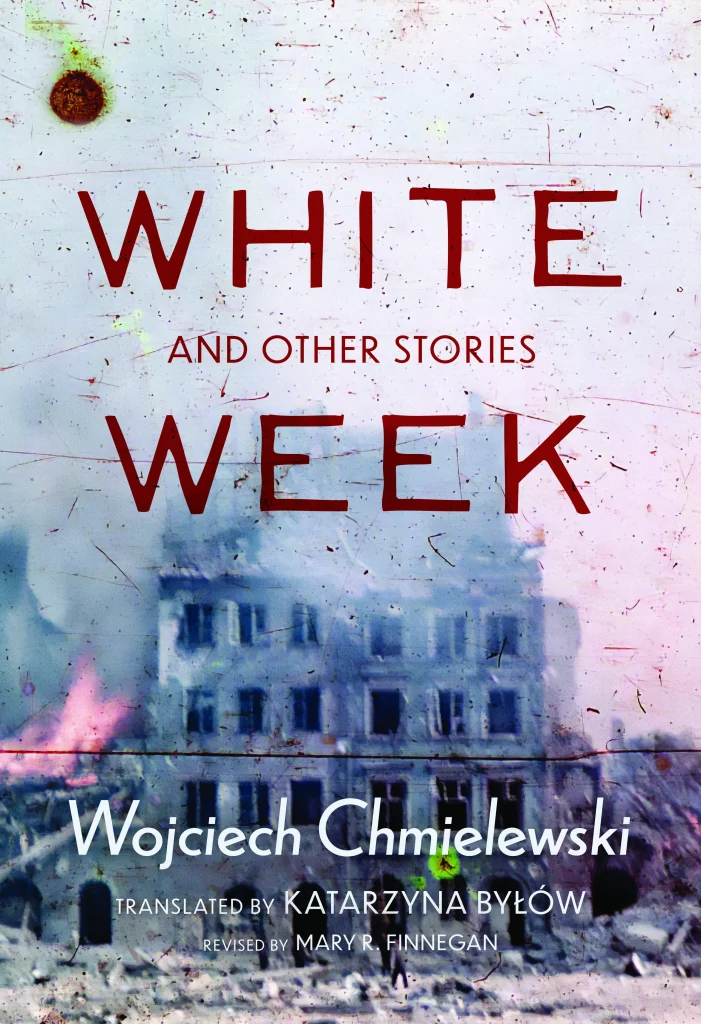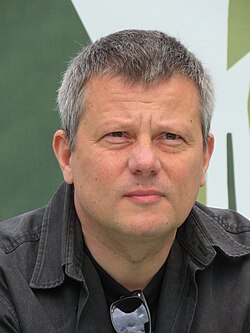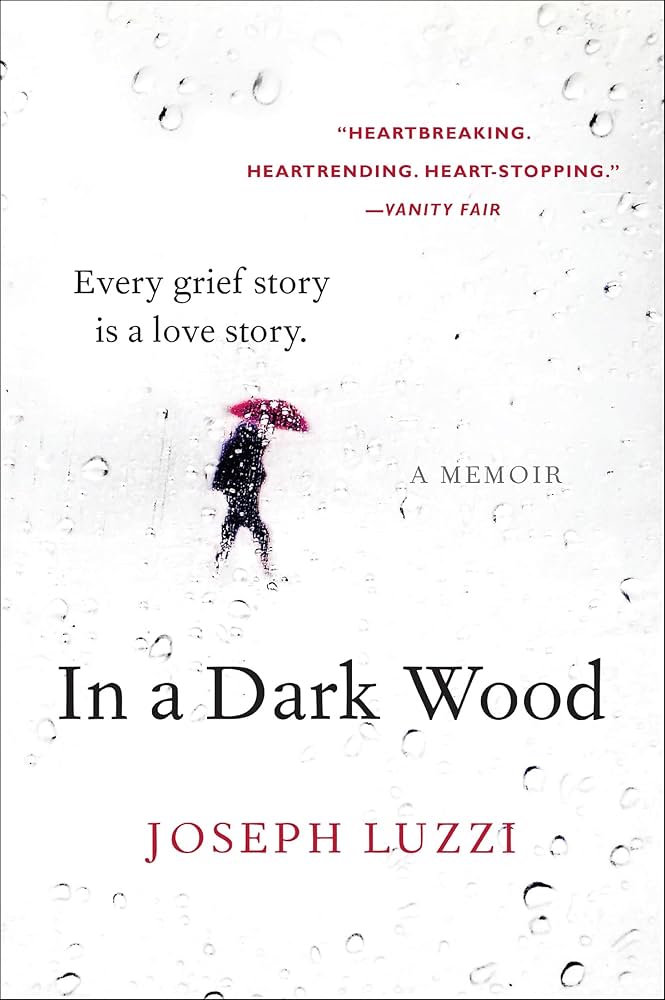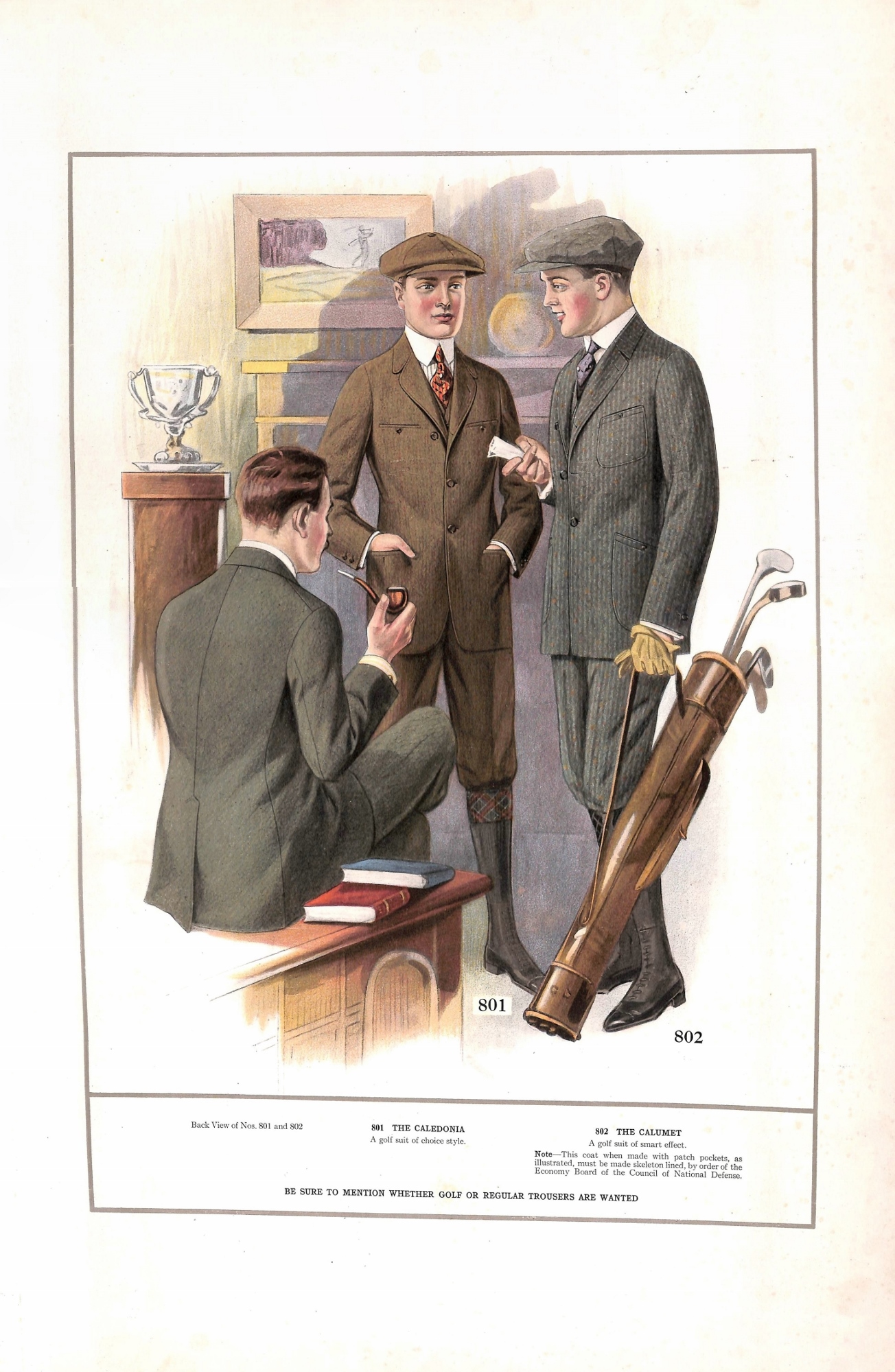
The Polish writer Wojciech Chmielewski isn’t exactly a household name in America, and for a very good reason. Up to now, none of his writing has been published in English. Wiseblood Books has changed that with the publication of White Week and Other Stories, translated by Katarzyna Bylow.

Chmielewski is best known in Poland for his short stories, which have won awards in his home country. But he’s also an essayist, literary critic, and playwright for Polich Radio Theatre. This collection of stories, many previously published in Polish literary journals and anthologies. Re largely about Warsaw, a Warsaw that is there and the city that used to be. (Much of the city was destroyed during World War II and then rebuilt under communist rule.)
The stories are, in a word, haunting. The opening story is about the area near Grzybowski Square, with its church on one side and construction underway nearby. We see scenes of a marketplace, a boy selling strawberries (“Polish strawberries…all freesh”), an alleyway full of peonies, a group of drunken men arguing, a young woman waiting for someone, and the empty park with its playground. The story contains no named characters or dialogue; the character is the urban landscape itself. Slowly the reader comes to understand that this area was once part of the Warsaw Ghetto, which tens of thousands of Jews were confined before deportation to Auschwitz.

And so the stories go. Chmielewski will return to this theme of the Warsaw Ghetto, but along the way we’ll experience a religious procession (with a man dreaming about snakes), a woman working on her new novel (with some of the characters becoming parts of other stories), a man with an unfaithful wife who finds solace in eating dog food, a village that exists beneath the sand of a beach area, a man who pays a visit and seems to enjoy reading in a madhouse, conversations in a restaurant during a rainstorm, a saint awake in the dark, a young man in love with a girl whose face experiences allergic reactions, the title story about remembering a religious confirmation celebration, and others.
Like that opening story of the visible landscape not seeming to remember the history, all of the stories have that sense of “missing the context.” We’re there, but we don’t understand. We undertake our daily life, but we’re ignorant of what these streets and buildings have seen, what’s come before us, what has shaped this landscape just as it’s shaping us.
Yes, haunting is the operative word for these stories.
Top photograph: A scene of Old Town Warsaw by Victor Malyushev via Unsplash. Used with permission.










